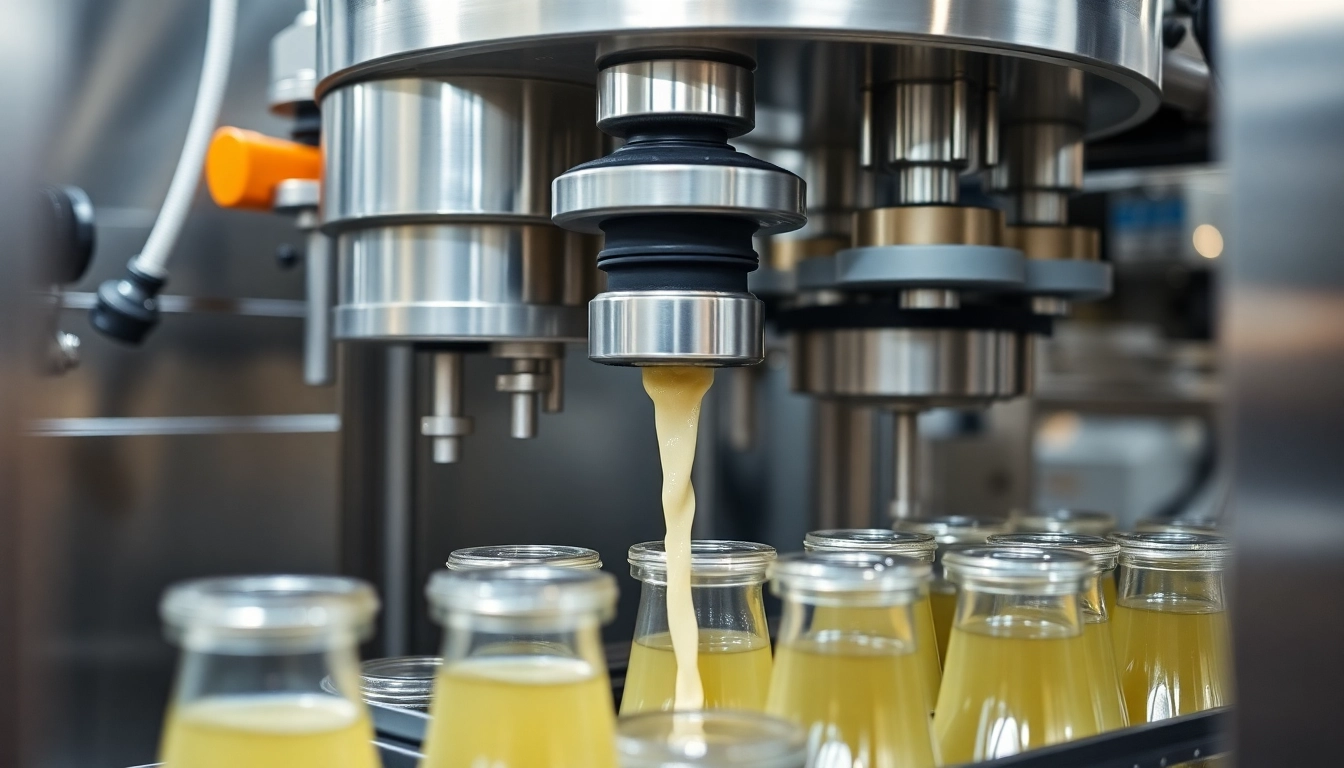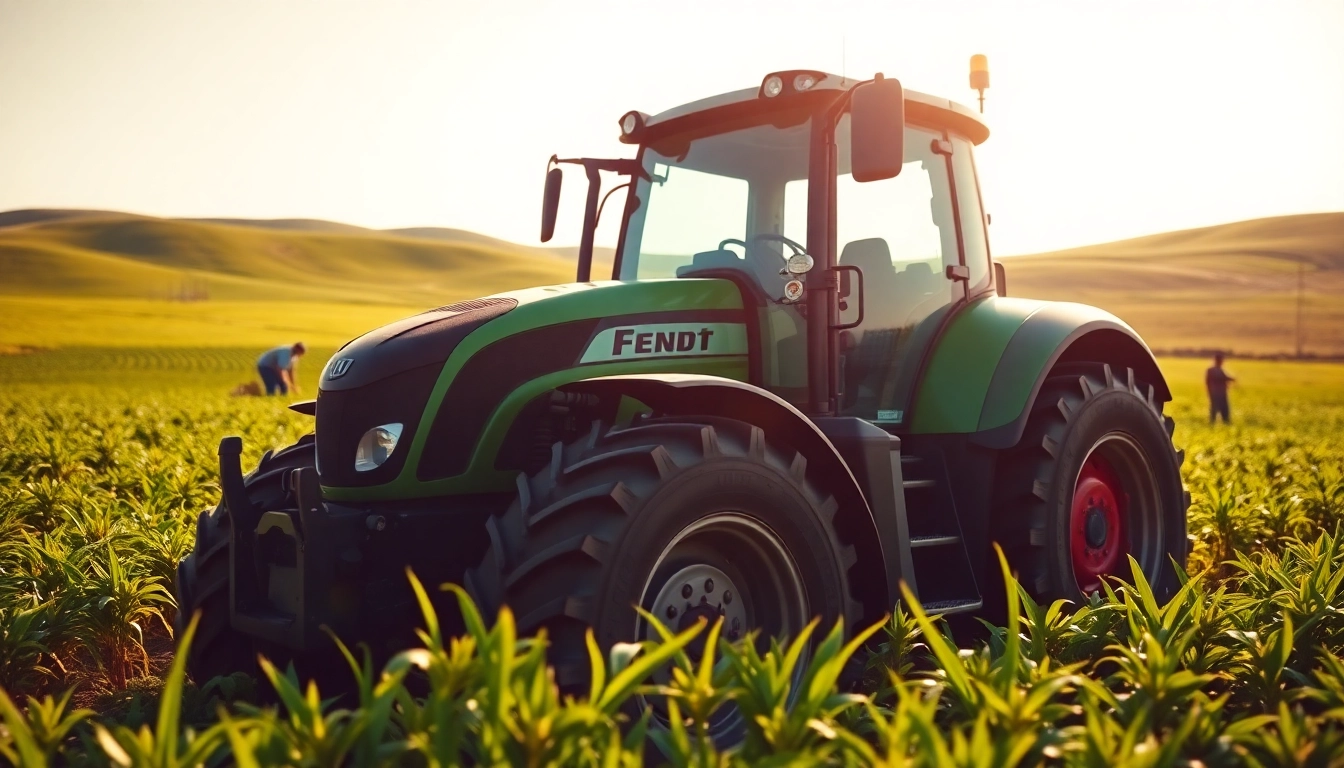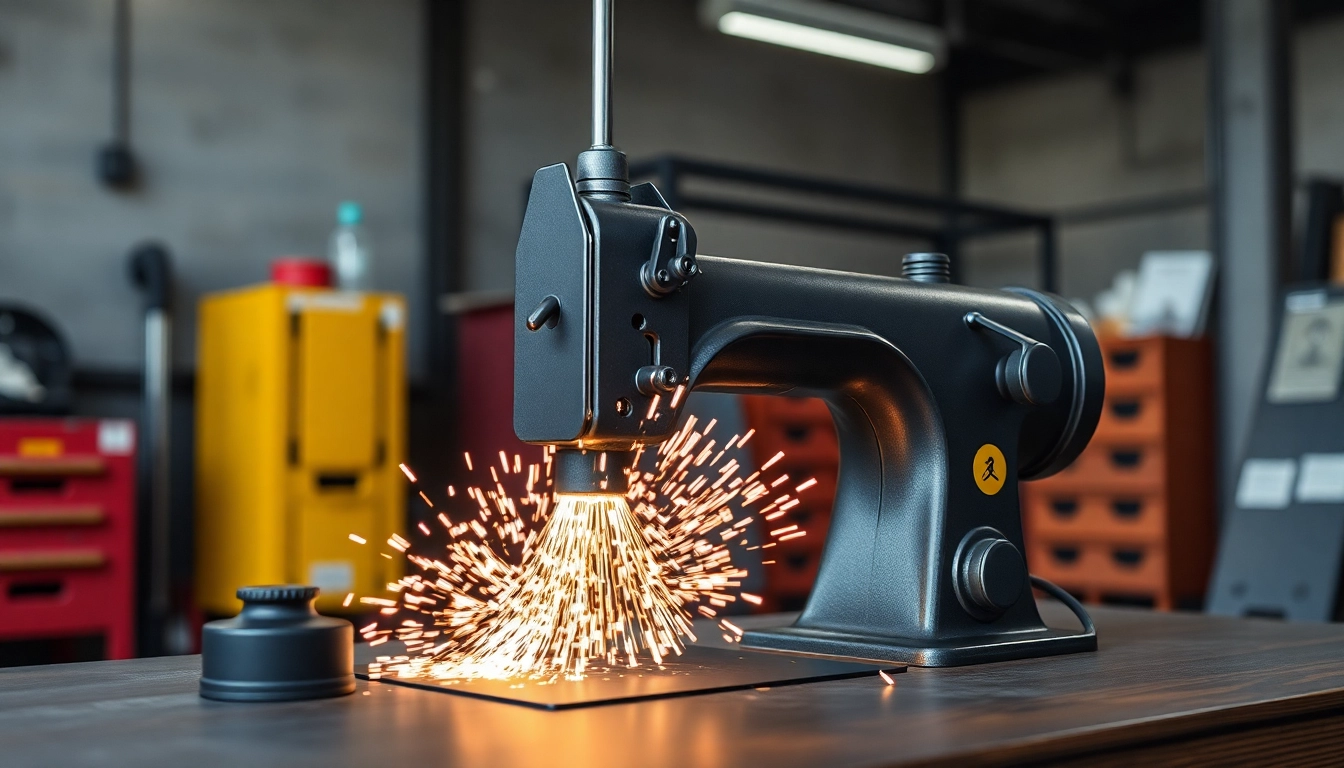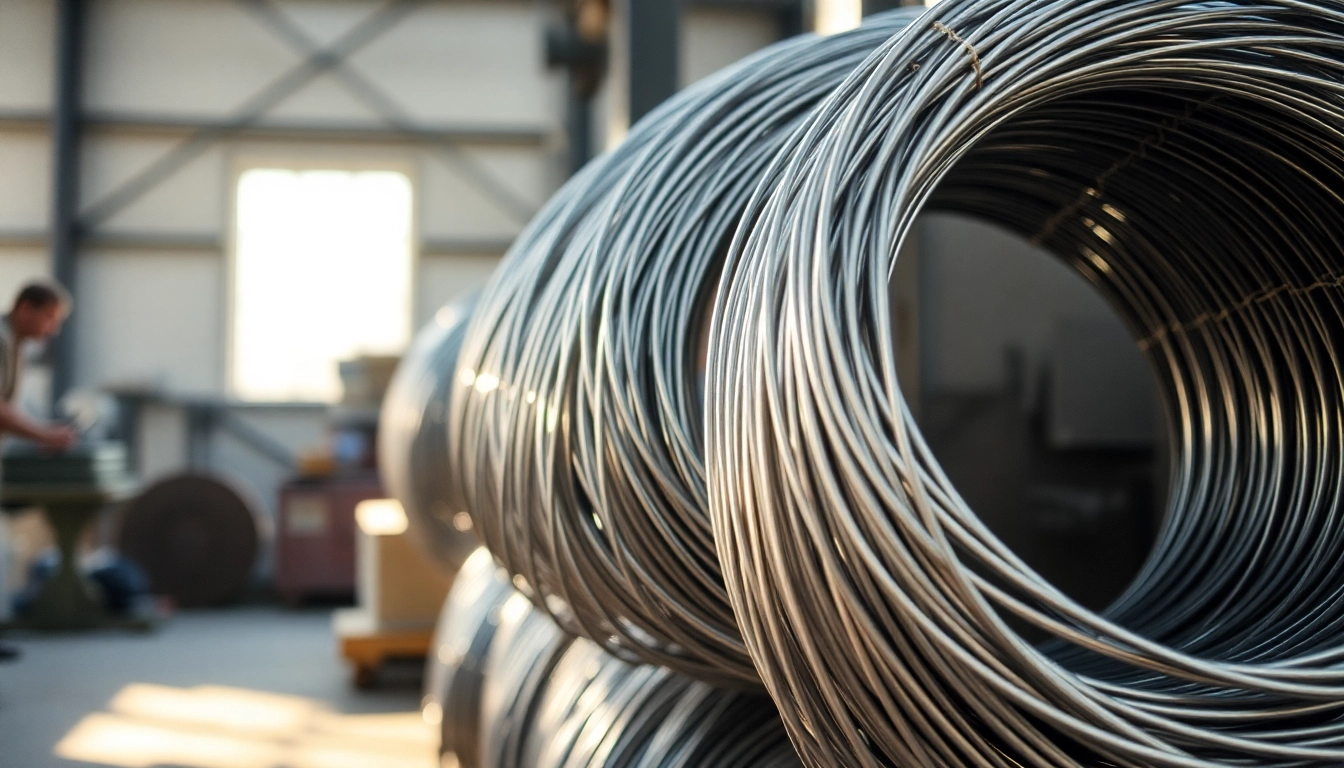Introduction to Filling Machines
In the world of manufacturing and packaging, the efficiency and accuracy of filling products cannot be overlooked. Filling machines play a critical role in various industries, from food and beverage to pharmaceuticals and cosmetics. These machines are designed to automate the process of filling containers with liquids, powders, or granules, ensuring precise quantities while minimizing waste. This article delves into the various aspects of filling machines, including their types, components, and applications, providing a comprehensive guide for businesses looking to invest in such machinery.
What is a Filling Machine?
A filling machine is a device used in production and packaging to fill containers with products. These containers can range from bottles and jars to bags and pouches, accommodating various sizes and shapes. The operation of filling machines varies based on the nature of the product, whether it is liquid, powder, or granular. For instance, liquid filling machines can further be categorized into volumetric, gravimetric, and pneumatic types, depending on their operational mechanics. Understanding what a filling machine is and how it operates is vital for businesses aiming to streamline their production processes and maintain consistency in their output.
Types of Filling Machines Available
Filling machines are categorized based on their method of operation and the type of products they handle. Below are the primary types:
- Liquid Filling Machines: Used for packaging fluids such as water, juices, oils, and sauces. They can be further divided into:
- Volumetric Fillers: Measures the volume of liquid using fixed volumes per cycle.
- Pneumatic Fillers: Operate using compressed air to dispense liquids.
- Gravimetric Fillers: Weigh the liquid before dispensing, ensuring accuracy.
- Powder Filling Machines: Designed for dry products like flour, sugar, and spices. They typically use auger or vibrating measures to ensure proper fill levels.
- Granule Filling Machines: They handle granular products like rice and seeds using similar mechanisms as powder fillers.
- Bag Filling Machines: Used for packaging products into bags, commonly employed in dry goods and frequently in industrial settings.
The Importance of Selecting the Right Machine
Selecting the appropriate filling machine is crucial for maintaining production efficiency and product quality. Factors influencing this decision include the type of material to be filled, production volume, and budget constraints. A poorly chosen filling machine can lead to inefficiencies, increased operational costs, and compromised product quality, ultimately affecting customer satisfaction.
Main Components of Filling Machines
Understanding Liquid Dispensing Mechanisms
The heart of a liquid filling machine lies in its dispensing mechanism. This component determines how accurately and quickly a machine can fill containers. The major types of dispensing mechanisms include:
- Piston Fillers: Use cylinders to draw liquid and dispense it into the container, offering precision and efficiency.
- Diaphragm Fillers: Highly flexible and suitable for viscous liquids; they protect the fluid from contamination and ensure clean fills.
- Gravity Fillers: Rely on gravity to dispense liquid, best suited for free-flowing liquids.
Key Features: Automation vs. Manual Operation
The key difference between filling machines lies in their level of automation. Automated machines are typically faster, reducing labor costs and human error, while manual machines are less expensive and suitable for small-scale operations. Understanding these differences helps businesses choose models that align with their specific operational needs.
Maintenance Tips for Maximizing Lifespan
To ensure durability and optimal functionality, regular maintenance of filling machines is essential. Key maintenance practices include:
- Conducting routine inspections for wear and tear.
- Regularly cleaning the components to prevent contamination.
- Updating software and calibrating systems as needed.
- Addressing any mechanical issues promptly to avoid costly repairs.
Factors Influencing Filling Machine Choices
Product Type Considerations
The type of products being filled plays a significant role in determining the suitable filling machine. For instance, liquids, powders, and granules each require unique dispensing mechanisms. Understanding the physical properties of the product—such as viscosity, flow rate, and particle size—is crucial in selecting the optimal machine.
Production Volume Requirements
Production volume requirements also dictate the choice of filling machine. For businesses with high throughput needs, investing in automated solutions is often beneficial, as they provide faster speeds and greater efficiency. Conversely, smaller operations may find semi-automated or manual machines sufficient for their production goals.
Cost and Budget Analysis
Budget plays a critical role in any capital investment. While it is tempting to choose the least expensive option, balancing cost with features and capabilities is essential. Investing in a higher-quality filling machine that aligns with production needs can reduce costs over time through improved efficiency and reduced downtime.
Market Trends in Filling Machines
Emerging Technologies in Filling
As industry needs evolve, innovative technologies continue to emerge in the filling machine market. Smart machinery equipped with AI and IoT capabilities allows for real-time monitoring and optimization of production processes. These advancements are resulting in increased automation, precision, and even flexibility in production lines.
Growth of Eco-Friendly Solutions
There is a growing trend toward sustainability among manufacturers, pushing the demand for eco-friendly filling solutions. Companies are exploring biodegradable packaging and minimizing waste through more efficient filling processes, prompting manufacturers to innovate new filling technologies that align with these sustainability initiatives.
The Role of Automation in Modern Manufacturing
Automation has become a standard in modern manufacturing, and the filling machine sector is no exception. Increased automation not only enhances efficiency but also reduces human errors, elevating product quality. Functions such as automated container handling, filling, capping, and labeling streamline the packaging process and position businesses for competitive advantage.
Case Studies of Successful Filling Machine Implementations
Industry Applications: Food and Beverage
The food and beverage industry heavily relies on filling machines for efficient packaging. A notable example showcases a beverage company that transitioned from manual filling processes to automated systems. Post-implementation, they experienced a 30% increase in production speed, reduced labor costs, and improved product consistency.
Pharmaceutical and Cosmetics Applications
In the pharmaceutical industry, where accuracy and compliance are paramount, filling machines have transformed production capabilities. Case studies reveal companies that have adopted high-precision volumetric fillers, ensuring that each container meets strict health regulations while optimizing the filling process, resulting in enhanced customer trust and product quality.
Lessons Learned from Implementation
Key lessons from various case studies emphasize the importance of conducting detailed needs assessments before selecting a filling machine. Engaging employees who will operate the machinery during the selection process ensures that the chosen solution meets practical operational requirements, leading to higher satisfaction and performance rates.



